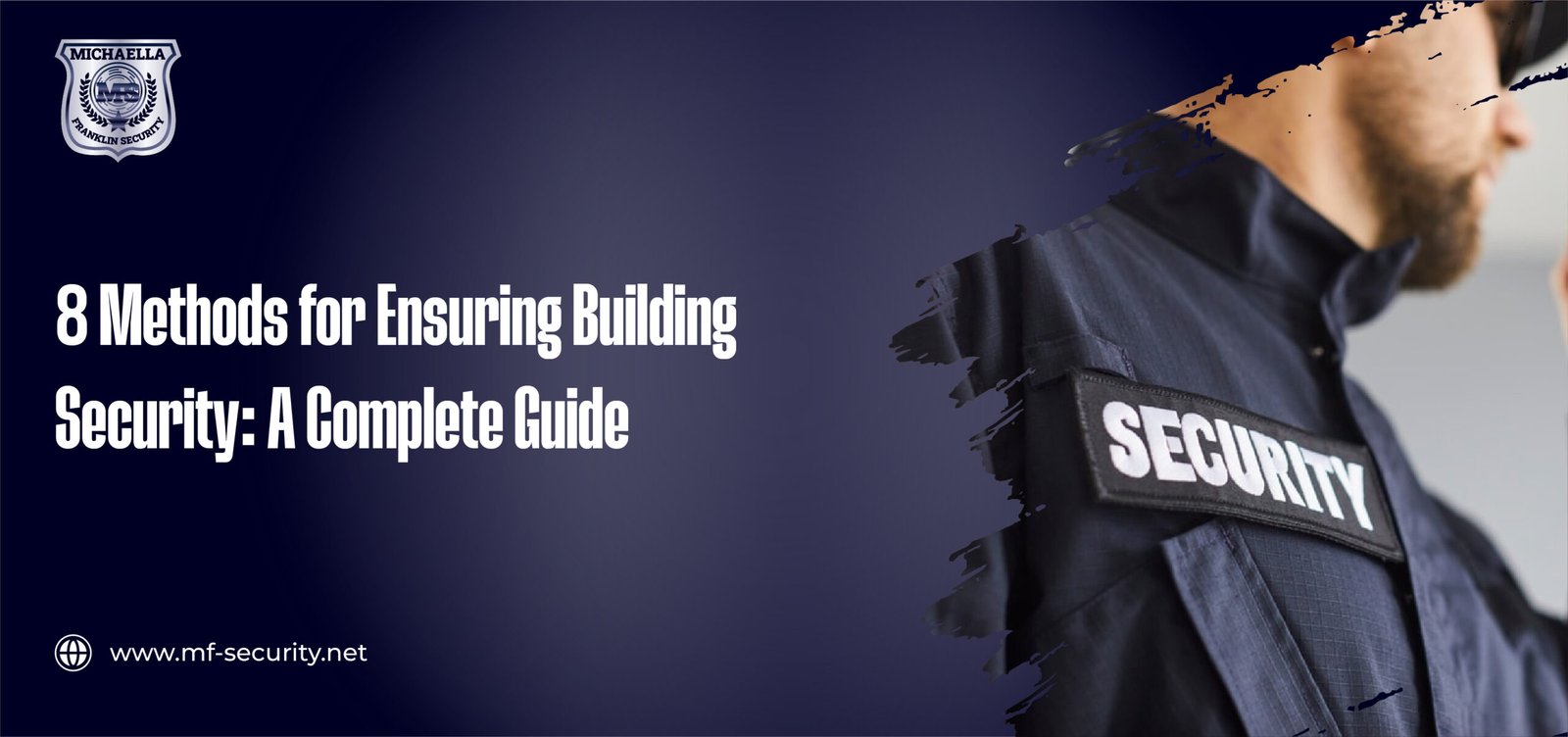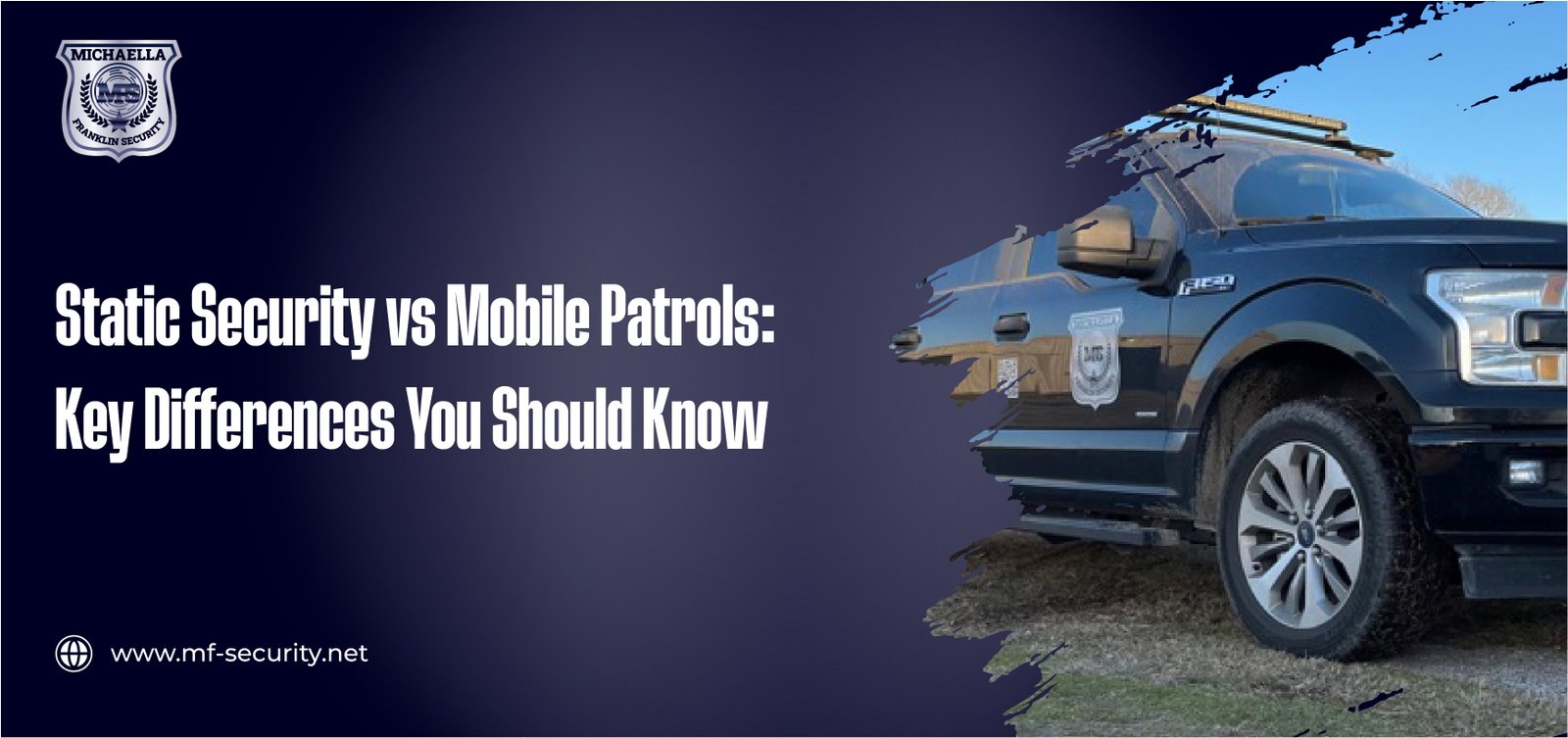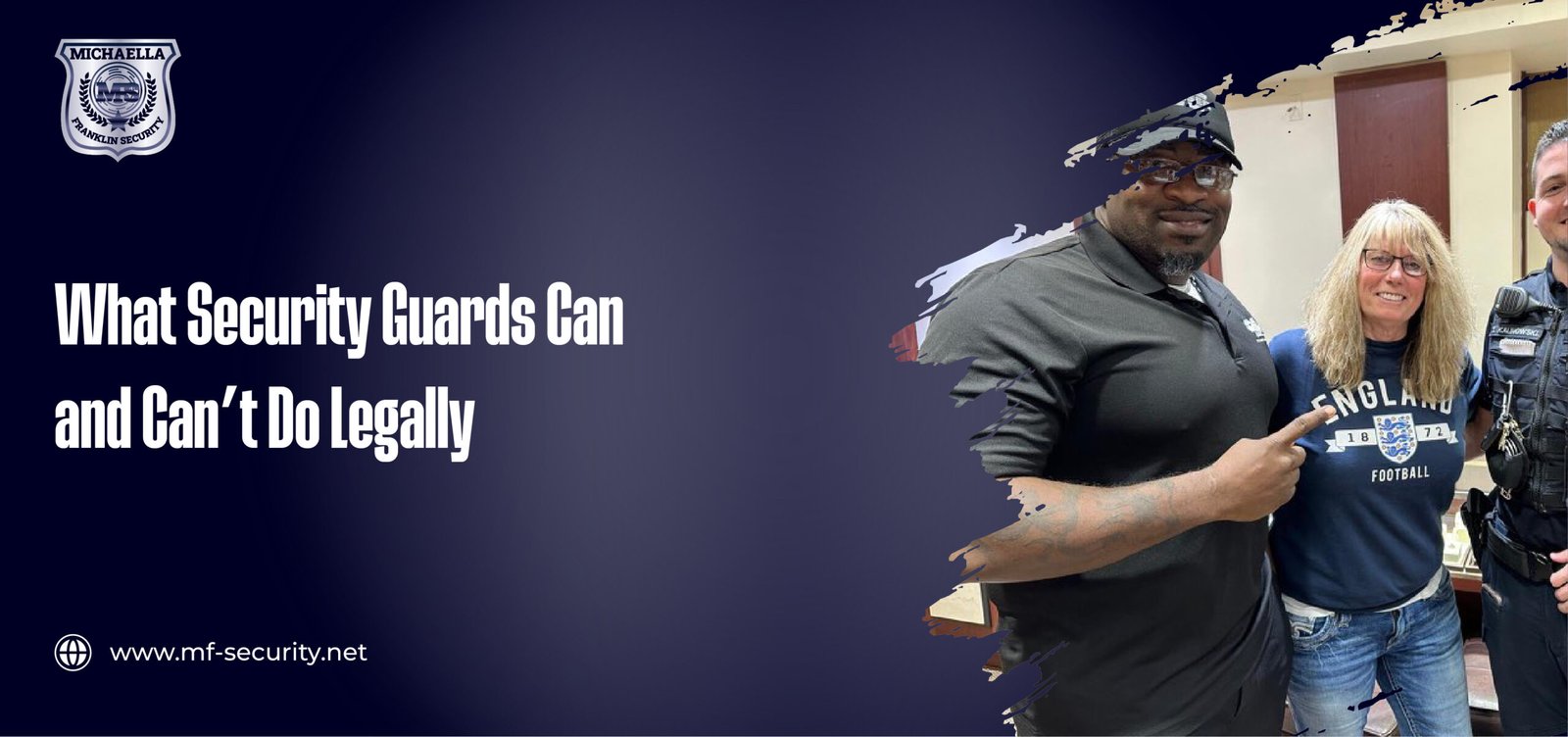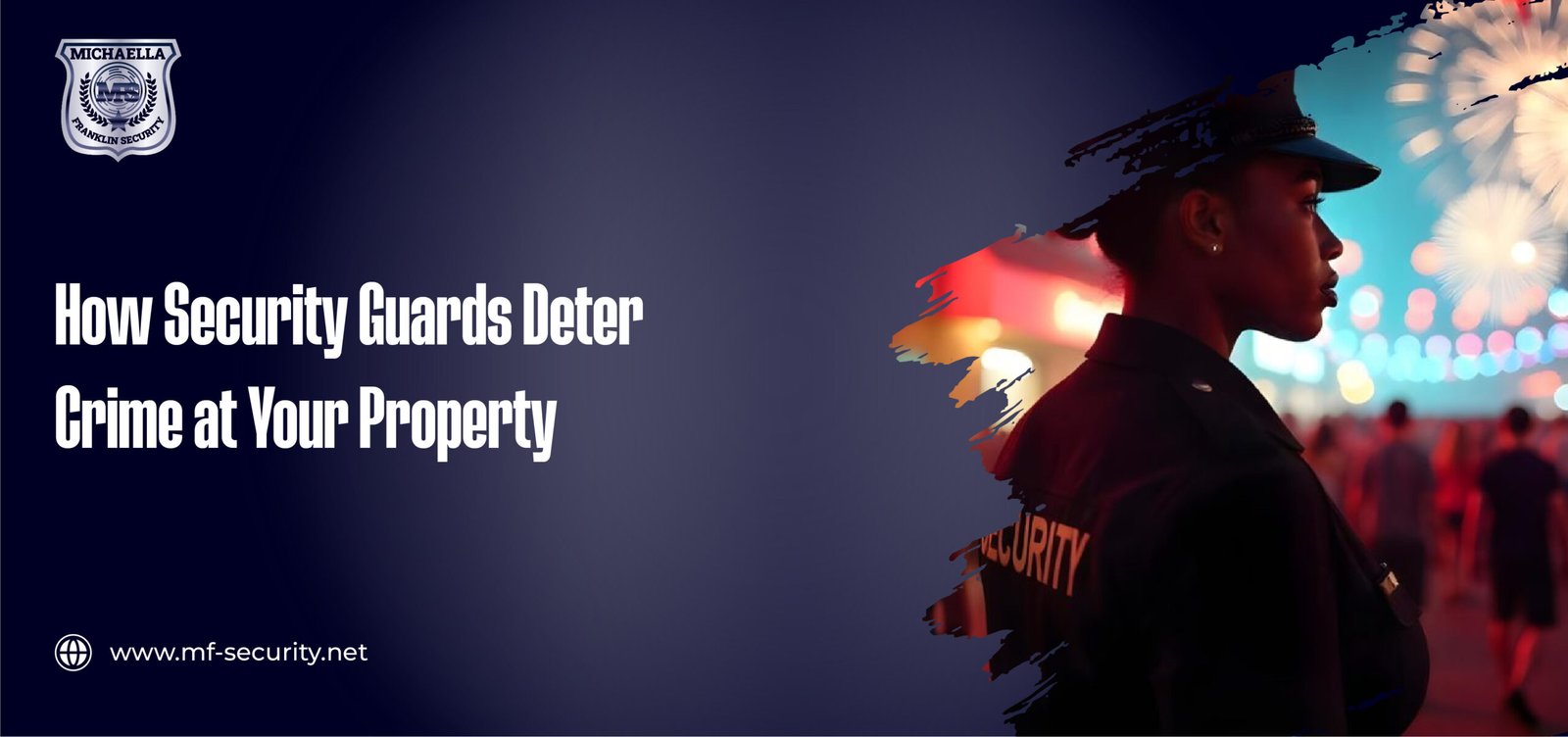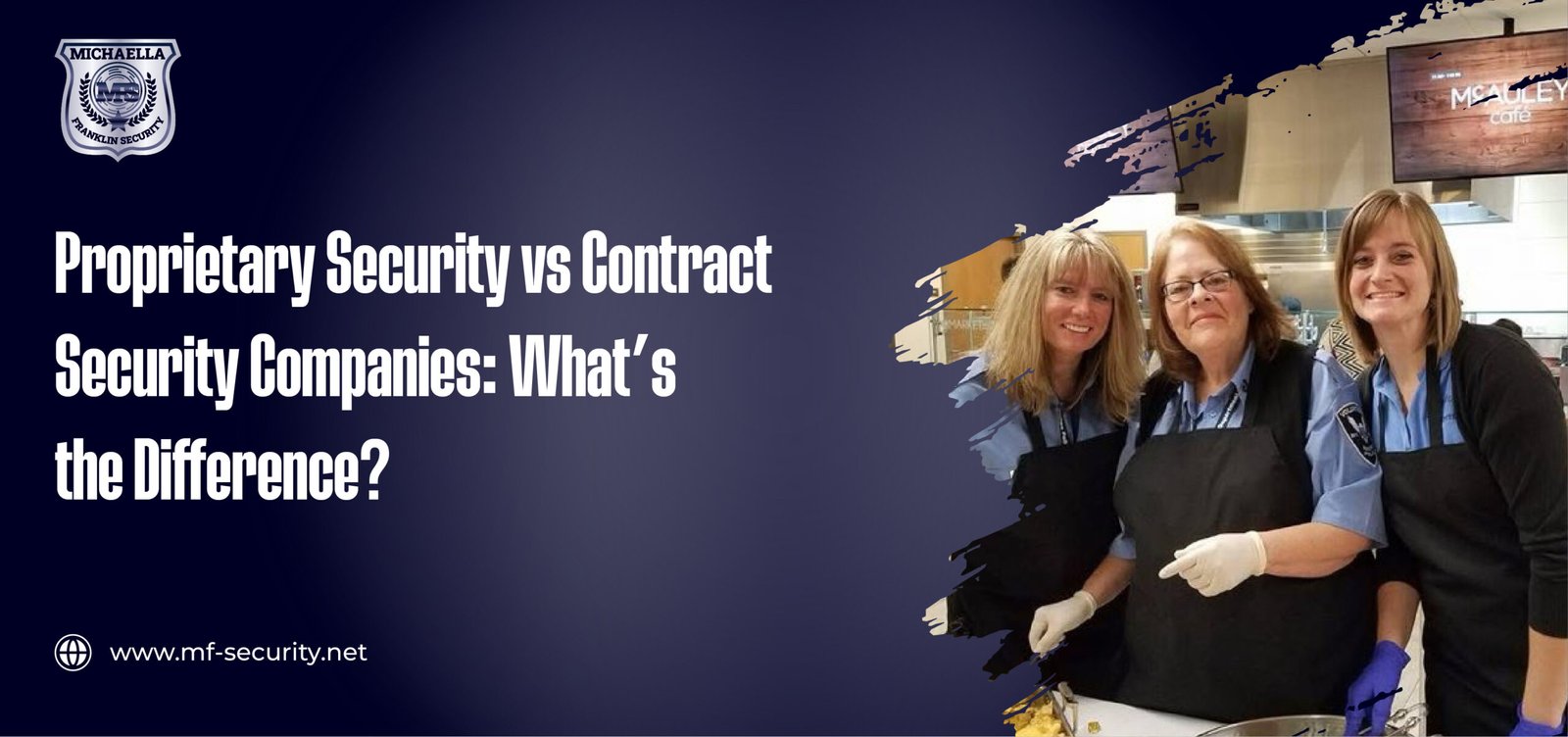Building security is no longer as simple as locking the front door and switching on an alarm. Modern threats are more complex, ranging from break-ins and vandalism to unauthorized access, workplace violence, and even cyber-physical breaches. Whether you manage an office complex, retail space, school, or residential building, the safety of people and assets depends on a carefully designed, multi-layered security strategy.
In this guide, we’ll examine 8 proven methods for ensuring building security. These strategies combine technology, physical measures, and clear procedures. Together, they create a system that not only deters crime but also enables quick detection and effective response when an incident occurs.
1. Install Access Control Systems
Access control systems regulate who can enter a building or specific areas within it. They’re the foundation of modern building security because they create a controlled environment where entry is granted only to authorized individuals.
Types of Access Control:
- Keycards and Fobs: Affordable and easy to manage, but can be lost or stolen.
- PIN Code Keypads: Simple to install but require regular code changes.
- Biometric Scanners: Use fingerprints, facial recognition, or iris scans for higher security.
- Mobile Access Apps: Allow entry via smartphones, reducing the need for physical keys.
Best Practices:
- Use multi-factor authentication for sensitive areas.
- Regularly update user permissions.
- Integrate with visitor management for temporary access codes.
Benefits:
Access control not only prevents unauthorized entry but also maintains detailed entry logs, which are valuable for investigations and compliance reporting.
Need Professional Security for Your Building?
Ensure your facility is fully protected with trained access control security guards. Our experts help manage entry points and monitor security systems around the clock.
2. Use Surveillance and CCTV Monitoring
Surveillance cameras are one of the most visible and effective deterrents against crime. They provide continuous monitoring, evidence collection, and real-time alerts when integrated with modern technology.
Types of Cameras:
- IP Cameras: High-definition, internet-connected, remote monitoring capabilities.
- Analog Cameras: More affordable but lower resolution.
- PTZ Cameras: Pan, tilt, and zoom for wider coverage.
Features to Consider:
- Night vision or infrared capability for low-light areas.
- Motion detection to reduce unnecessary recording.
- Cloud storage for footage accessibility and backup.
Best Practices:
- Place cameras at all entrances, exits, and blind spots.
- Ensure signage informs people that they are under surveillance (for legal compliance).
- Integrate with AI analytics to detect unusual activity automatically.
Benefit:
Visible cameras deter potential criminals, while recorded footage aids investigations and strengthens legal cases.
3. Set Up Alarm and Intrusion Detection Systems
Alarm systems detect unauthorized entry or suspicious activity and alert building personnel or security services.
Types of Intrusion Detection:
- Perimeter Alarms: Detect breaches at fences, gates, or exterior walls.
- Motion Sensors: Identify movement within secured areas.
- Glass-Break Sensors: Trigger when windows or glass doors are smashed.
Integration:
Link alarms with surveillance systems so that cameras automatically record when a sensor is triggered.
Response Plans:
- Assign responsibility for responding to alarms (security team, local police, or monitoring service).
- Keep false alarms low by maintaining equipment and calibrating sensitivity.
Benefit:
Alarms provide rapid notification of threats, enabling swift intervention to prevent damage or loss.
Secure Your Next Event with Experts
Don’t leave safety to chance. Learn how event security guards can manage crowd control, VIP protection, and emergencies for any type of gathering.
4. Employ Security Personnel and Patrols
Technology is powerful, but human judgment and presence remain critical. Security personnel act as both deterrents and responders.
Roles of Security Guards:
- Monitor entrances and exits.
- Conduct regular patrols.
- Respond to alarms or incidents.
- Assist visitors and employees with safety concerns.
Mobile Patrols:
For large properties, mobile security can cover more ground quickly, checking multiple locations in one shift.
Training:
Well-trained guards should be skilled in conflict resolution, emergency response, and using security technology effectively.
Integration:
Security personnel should work alongside surveillance and access control systems for maximum efficiency.
Benefit:
A visible human presence increases perceived security and can de-escalate situations before they escalate into incidents.
5. Improve Lighting and Visibility
Criminal activity often happens in poorly lit areas. Good lighting improves visibility and reduces hiding spots.
Key Areas for Lighting:
- Entrances and exits
- Parking lots and garages
- Walkways and stairwells
- Building perimeters and blind spots
Types of Security Lighting:
- Continuous Lighting: Maintains a steady level of brightness.
- Motion-Activated Lighting: Conserves energy while startling intruders.
- Emergency Lighting: Guides people to safety during power outages.
Best Practices:
- Use LED fixtures for energy efficiency.
- Avoid creating harsh shadows that could conceal intruders.
- Conduct regular maintenance to replace burnt-out bulbs.
Benefit:
Effective lighting reduces criminal opportunities and improves camera footage quality.
6. Implement Visitor Management Systems
Controlling and recording who enters a building is essential for security and compliance.
Modern Visitor Management Options:
- Digital Sign-In Kiosks: Capture visitor data electronically.
- Photo ID Badges: Identify guests quickly.
- Temporary Access Codes: Restrict movement within the building.
Benefits:
- Maintains accurate visitor logs for security reviews.
- Integrates with access control for seamless authorization.
- Enhances professional image with a streamlined process.
Best Practices:
- Train reception staff on security protocols.
- Pre-register guests for high-security events.
- Clearly mark visitor routes within the building.
Benefit:
Visitor management helps prevent unauthorized access and improves accountability.
7. Create Emergency Response Plans
Emergencies can be unpredictable, but preparation can save lives.
Components of an Emergency Plan:
- Fire evacuation routes and drills
- Lockdown procedures for security threats
- Communication systems for alerts
- Roles and responsibilities for staff
Training:
Regularly train employees on what to do in different scenarios. Drills should be realistic and cover multiple situations.
Integration:
Coordinate emergency plans with local authorities and first responders.
Benefit:
An effective plan reduces confusion, speeds up evacuation or lockdown, and minimizes harm.
8. Conduct Regular Security Audits
Security needs evolve over time, so ongoing evaluation is critical.
Types of Audits:
- Internal: Performed by in-house teams to check daily practices.
- Third-Party: External experts assess vulnerabilities from a fresh perspective.
Key Checks:
- Are all systems functioning correctly?
- Are access permissions up to date?
- Are emergency plans still relevant?
Benefits:
Audits identify weaknesses before they can be exploited and ensure compliance with safety regulations.
Best Practices:
- Schedule audits annually or after major incidents.
- Document findings and implement recommendations promptly.
Common Mistakes to Avoid
- Relying on a single security measure instead of a layered approach.
- Failing to train staff on recognizing and reporting suspicious activity.
- Allowing outdated equipment to remain in use.
- Neglecting regular reviews and upgrades.
Avoiding these pitfalls ensures that security measures remain effective and responsive to changing threats.
TL;DR Summary
Protect a building by layering measures:
- Access control systems to manage entry.
- Surveillance cameras to deter and monitor.
- Alarms for early threat detection.
- Security personnel for on-site response.
- Lighting to eliminate hiding spots.
- Visitor management to track entries.
- Emergency plans for crises.
- Regular audits to fix vulnerabilities.
Protect Your Community or Workplace Today
Explore community protection services to keep employees, residents, and assets safe with reliable security solutions and risk management plans.
FAQs
1. What is the best way to secure a building against intruders?
Combine access control, surveillance, alarms, lighting, and trained personnel for maximum deterrence and rapid response.
2. How do I choose the right security system for my property?
Consider your building size, risk level, budget, and whether you need 24/7 monitoring or integrated smart features.
3. Which security measures are most cost-effective for small businesses?
Access control, good lighting, and strategically placed cameras often provide high impact at lower cost.
4. How often should building security be reviewed or updated?
At least annually, or after significant changes in building use, staffing, or local crime trends.
5. Can building security systems be integrated with smart technology?
Yes. Many modern systems integrate with IoT devices, mobile apps, and AI for enhanced monitoring and control.

